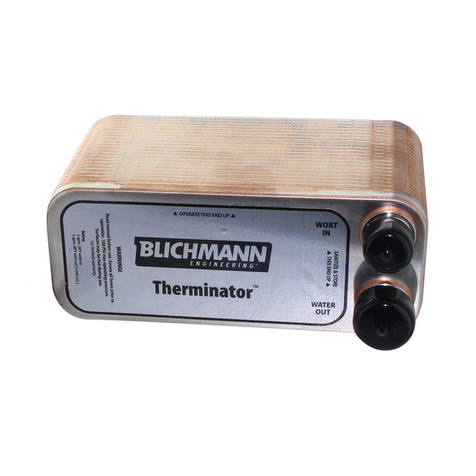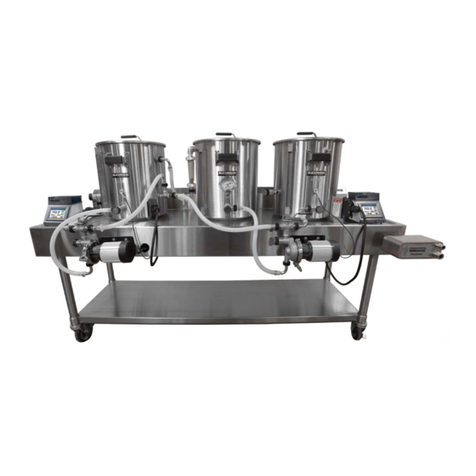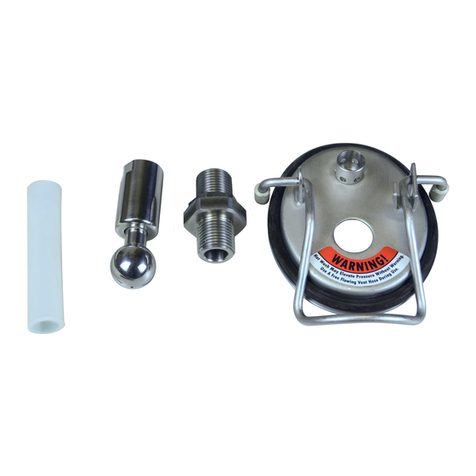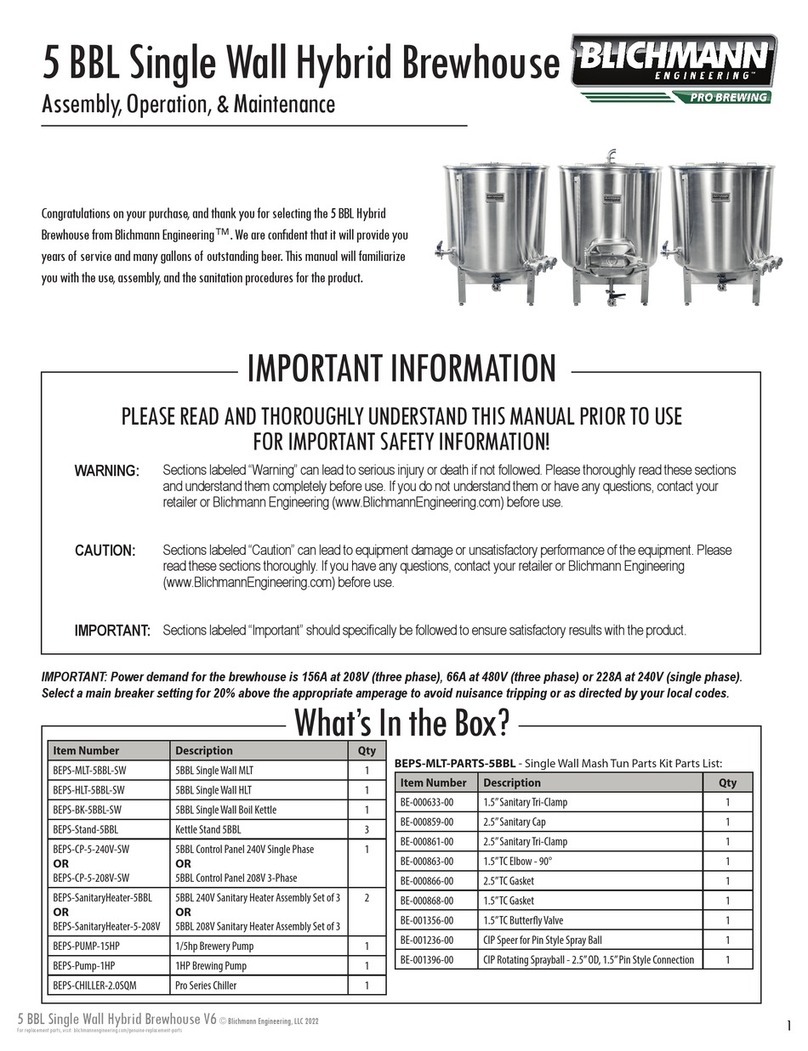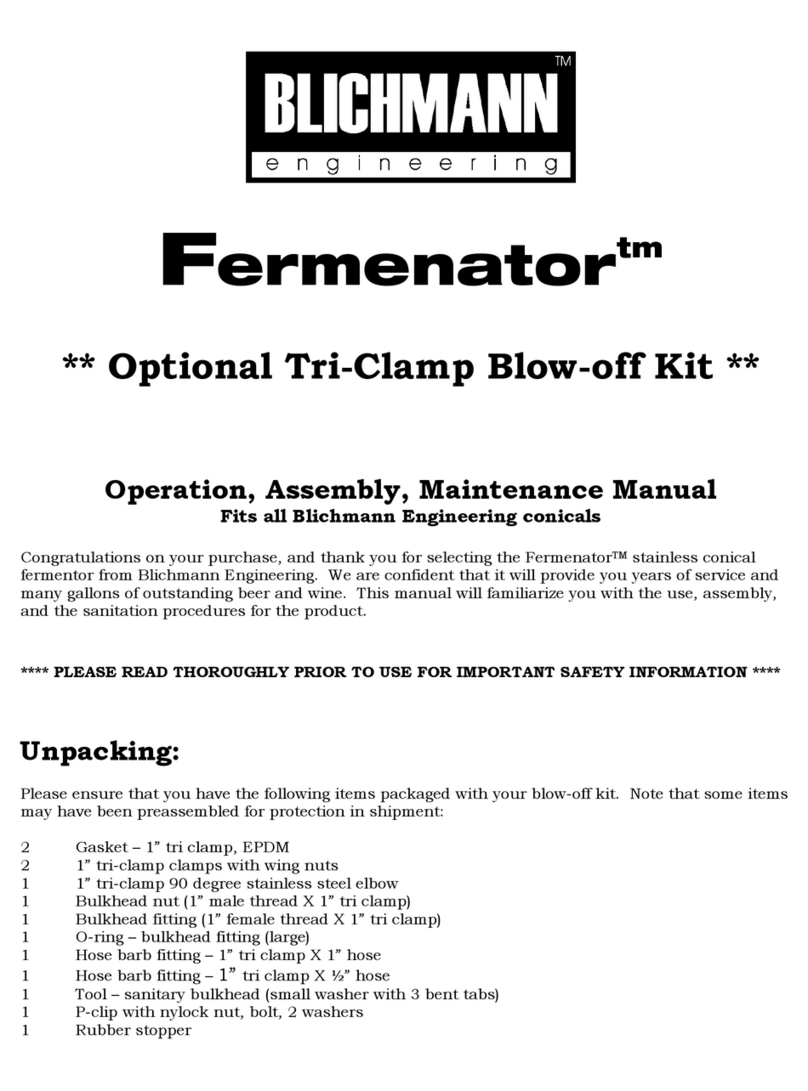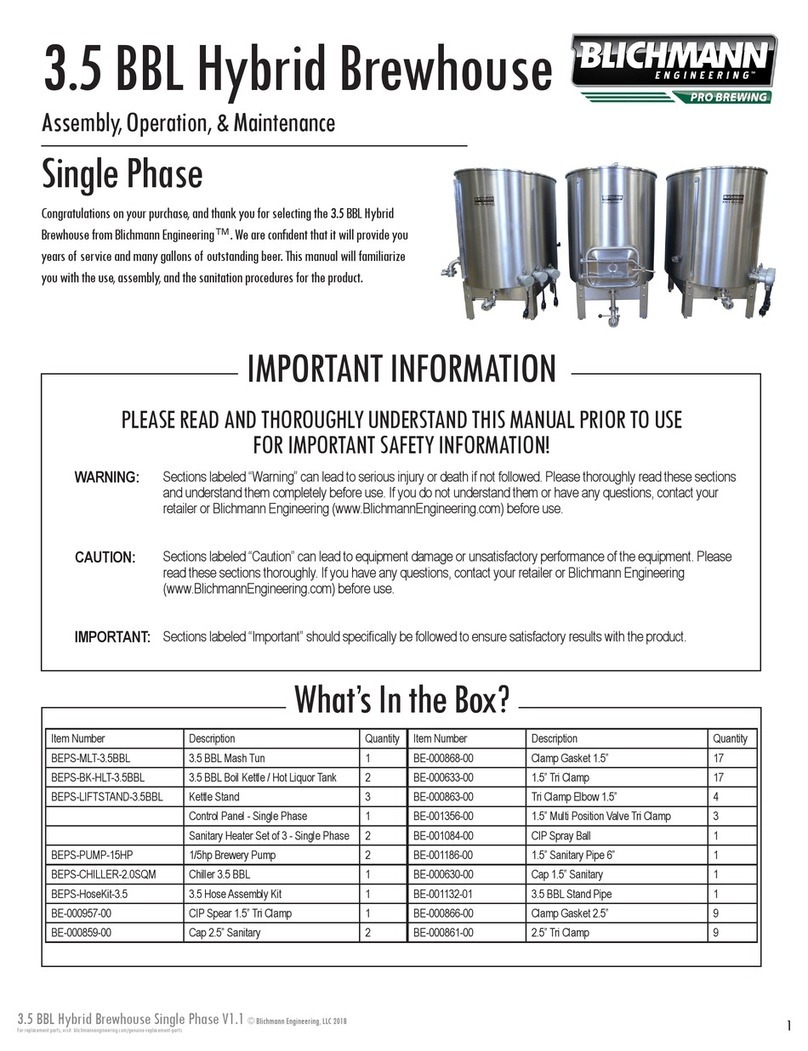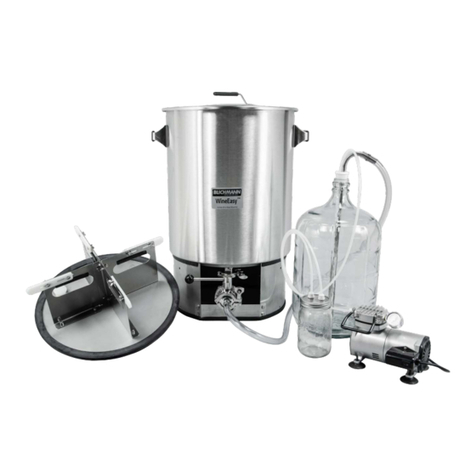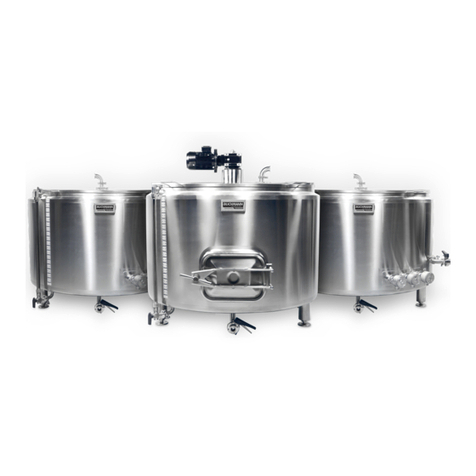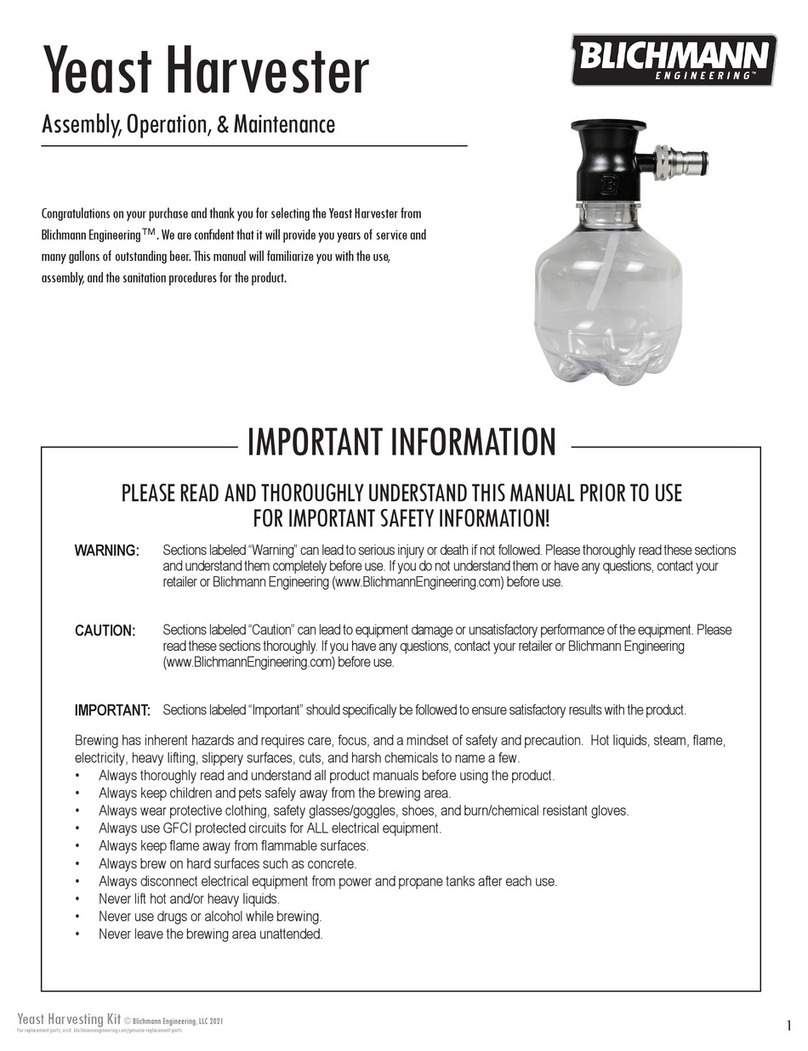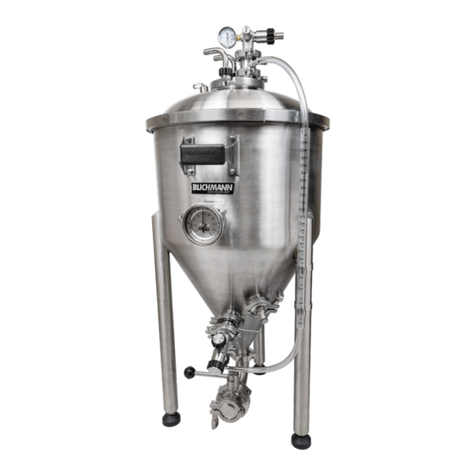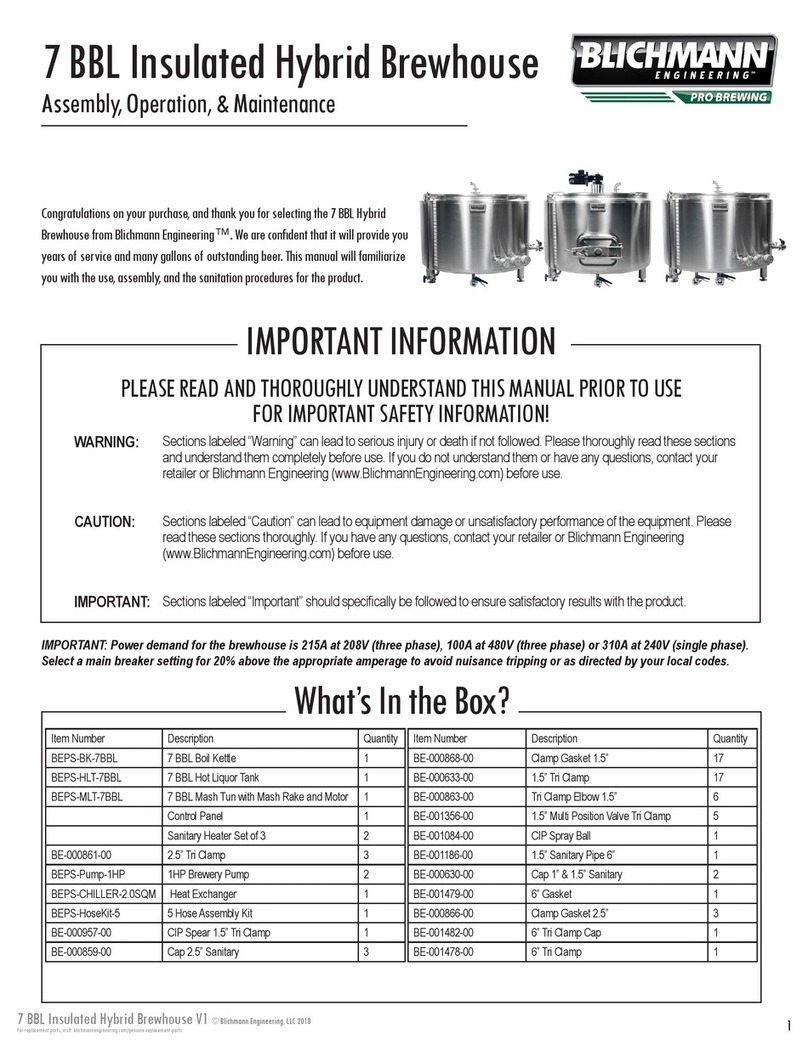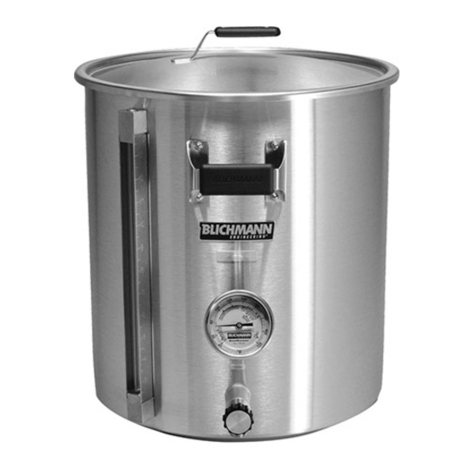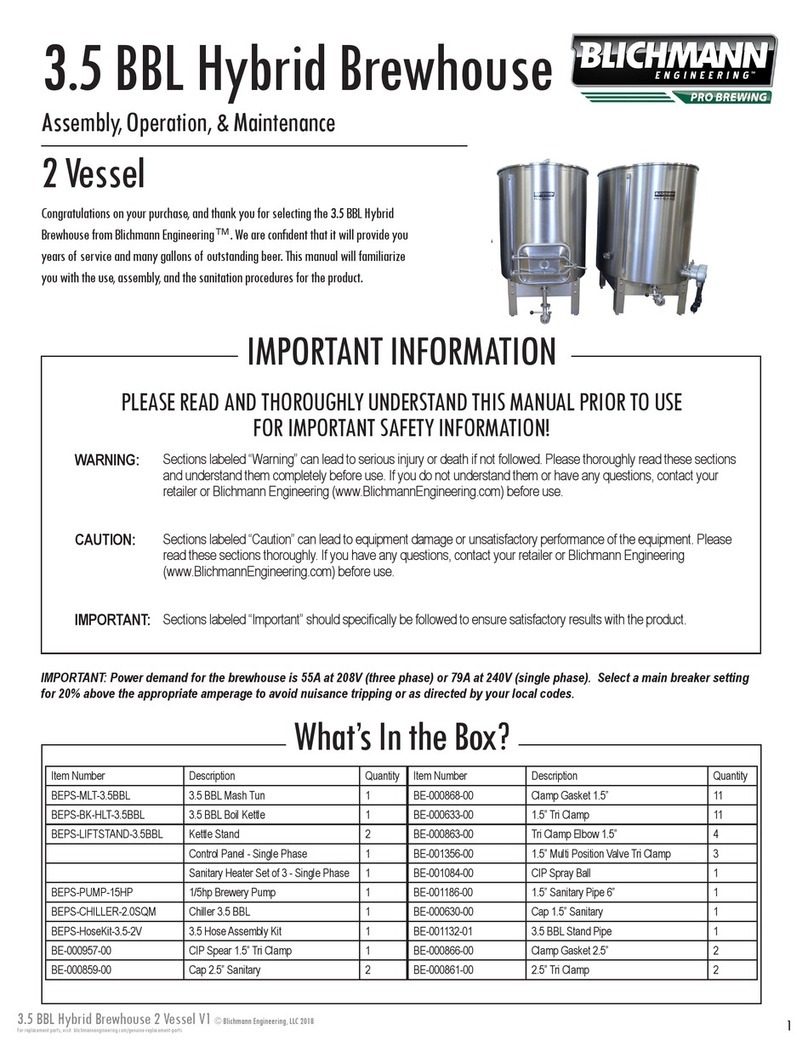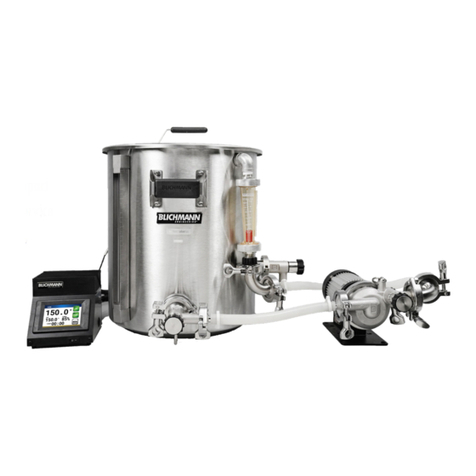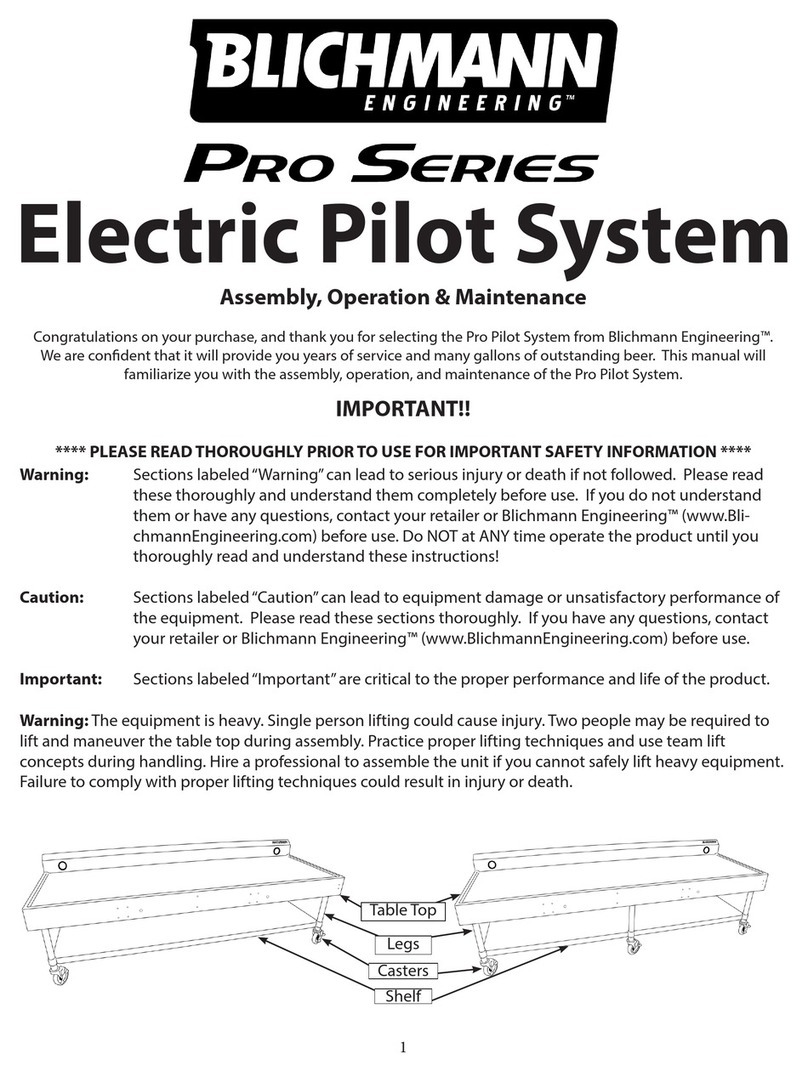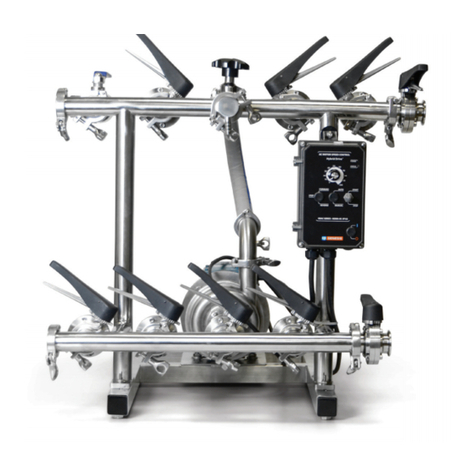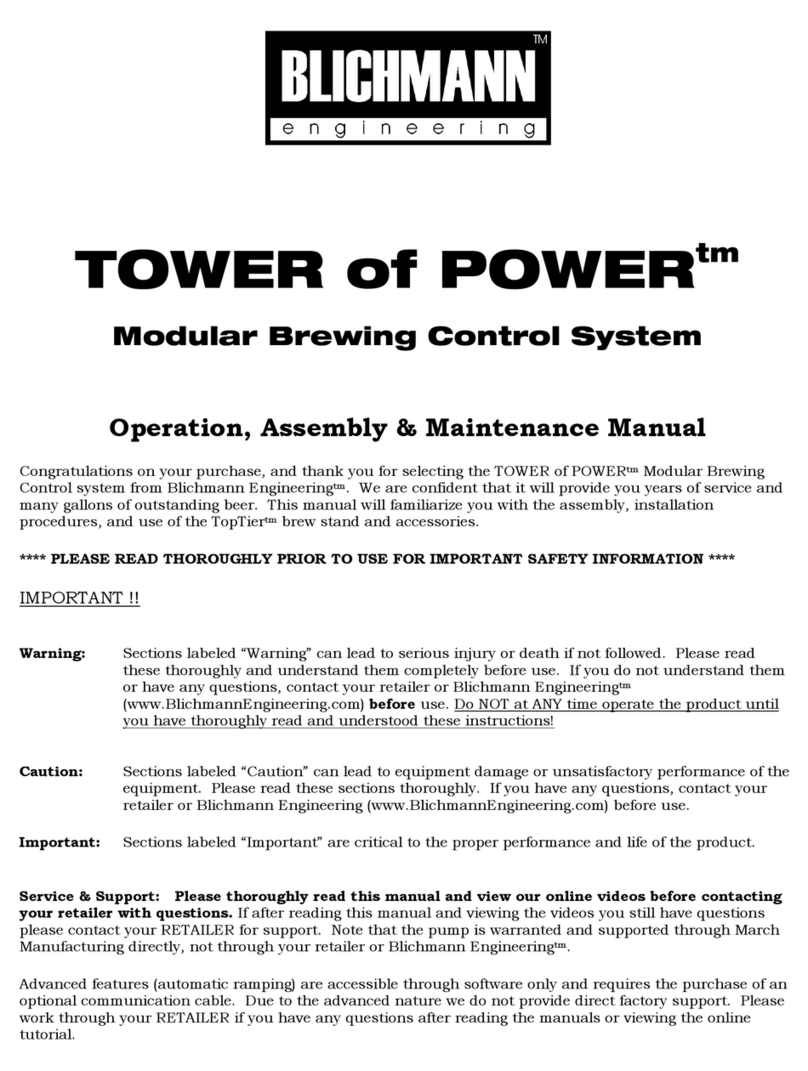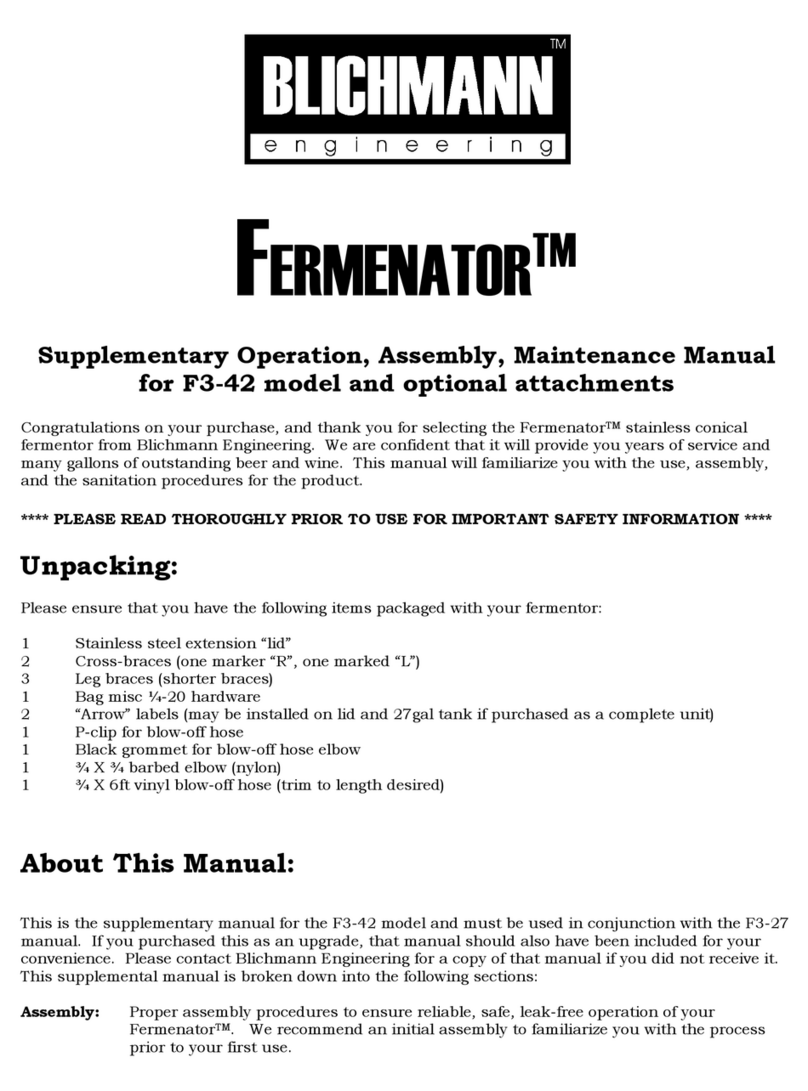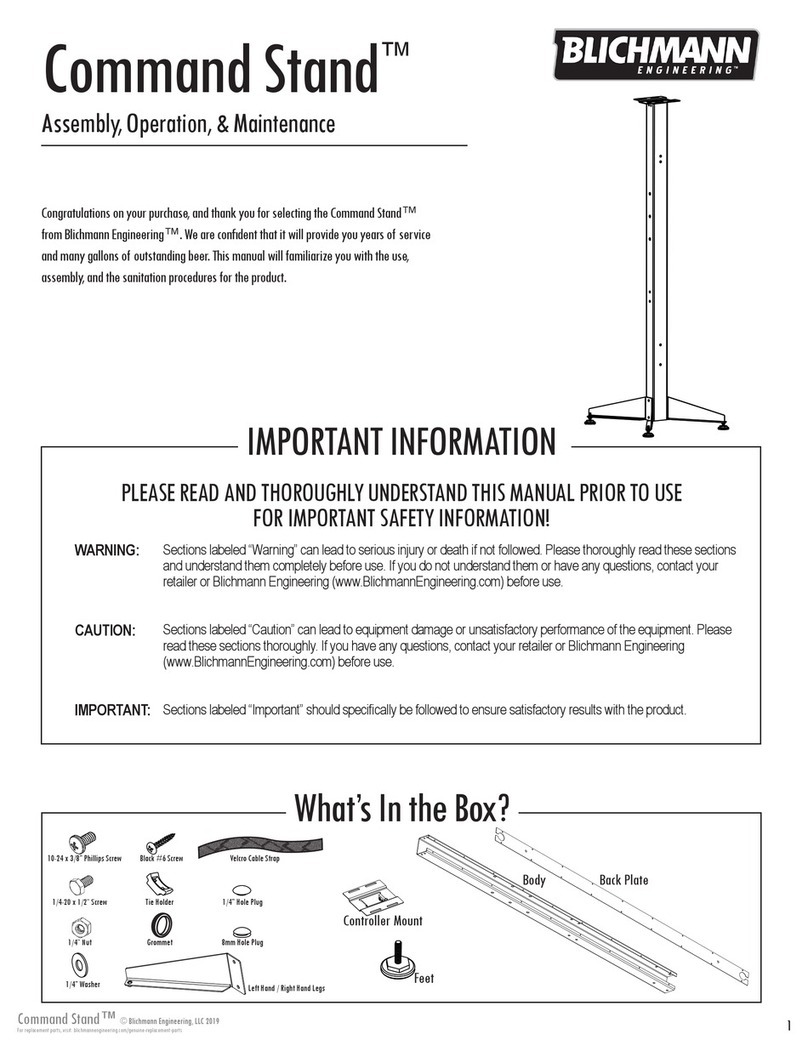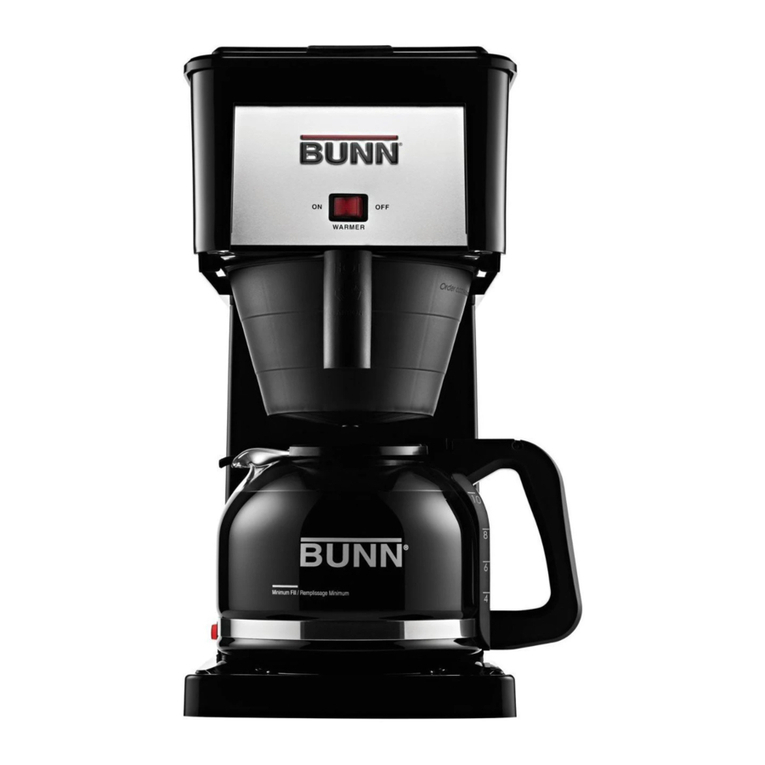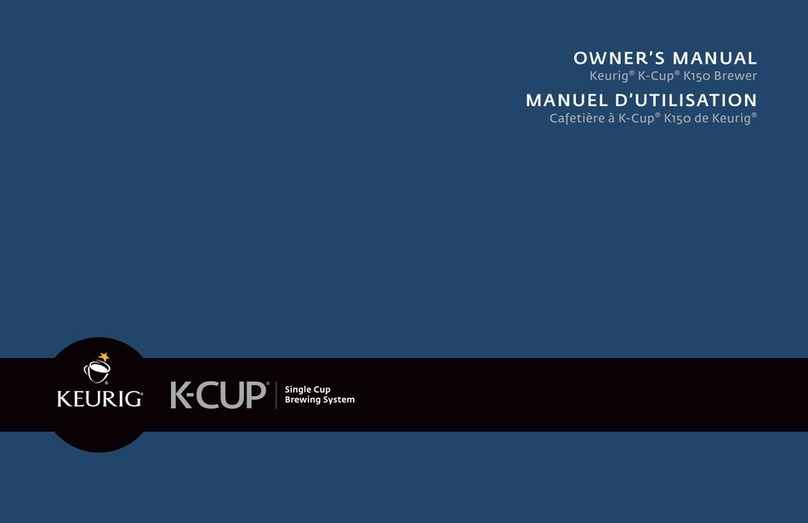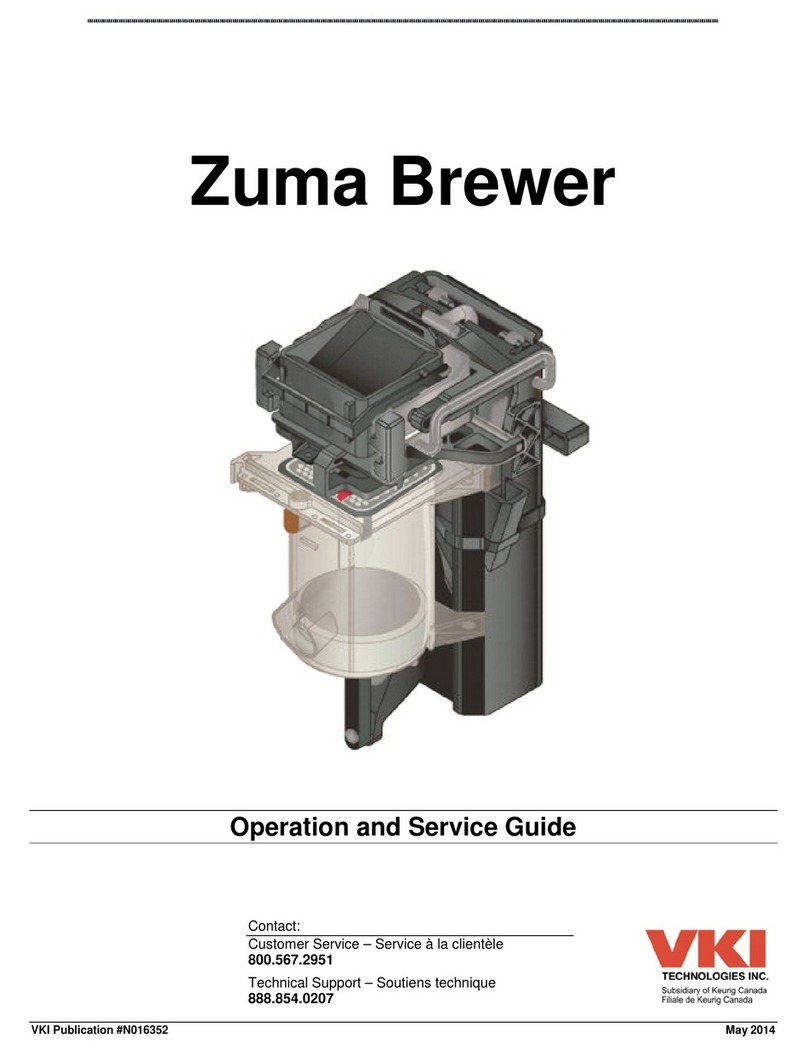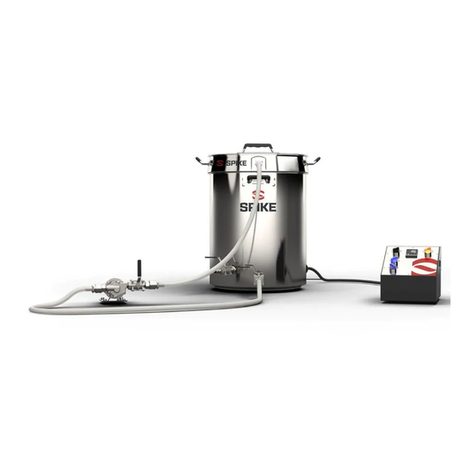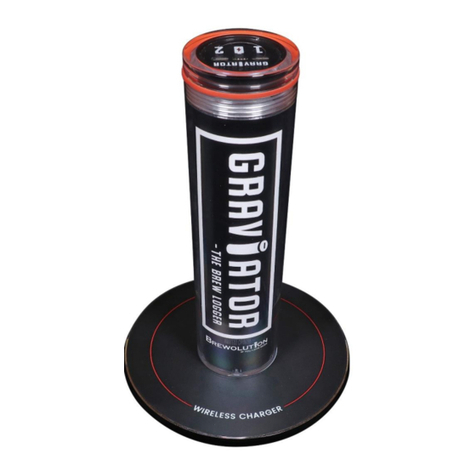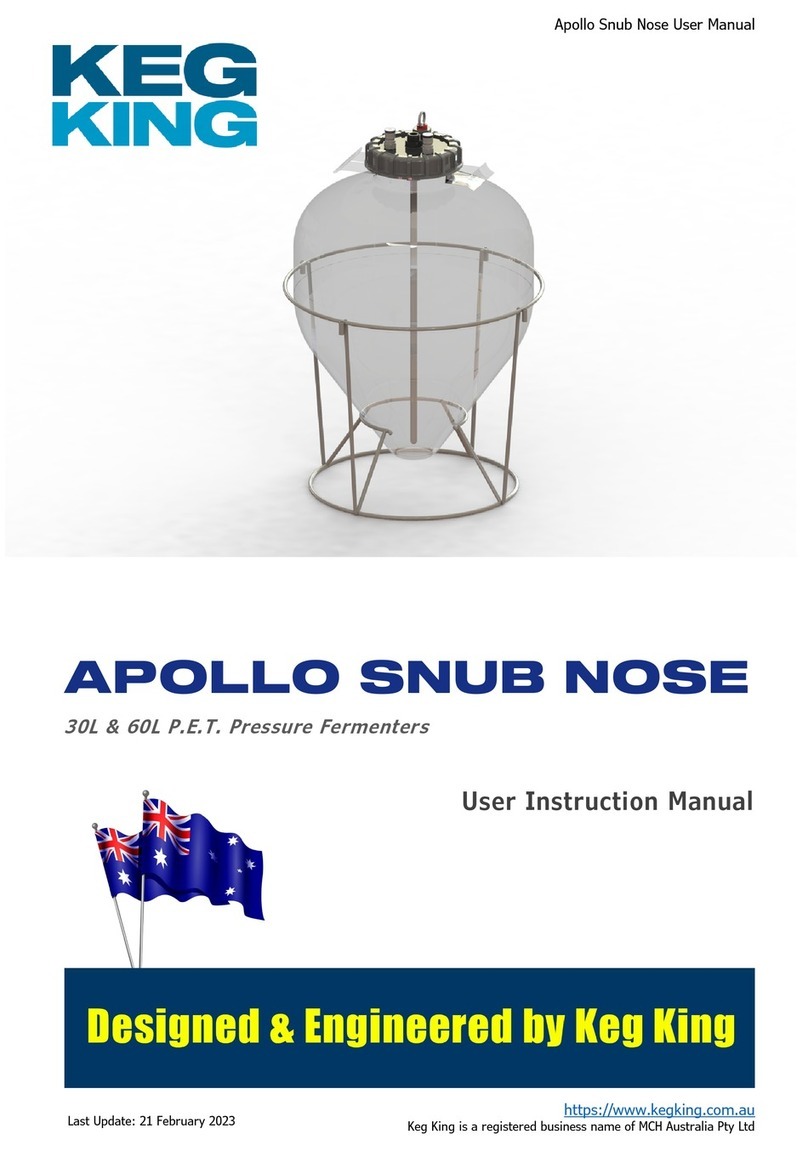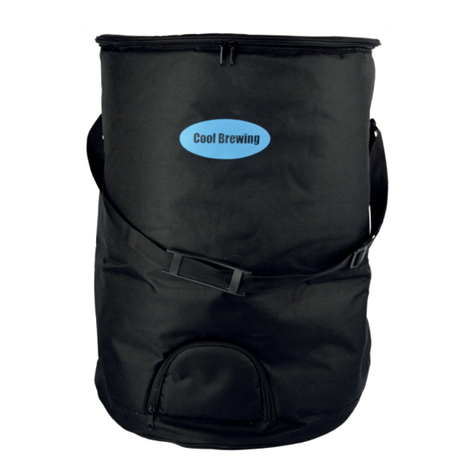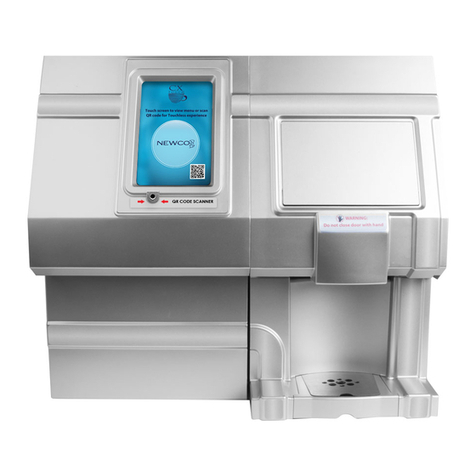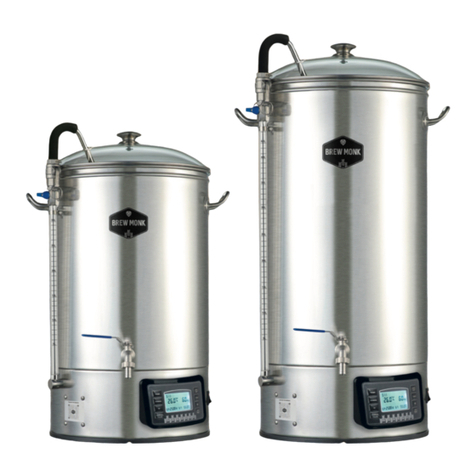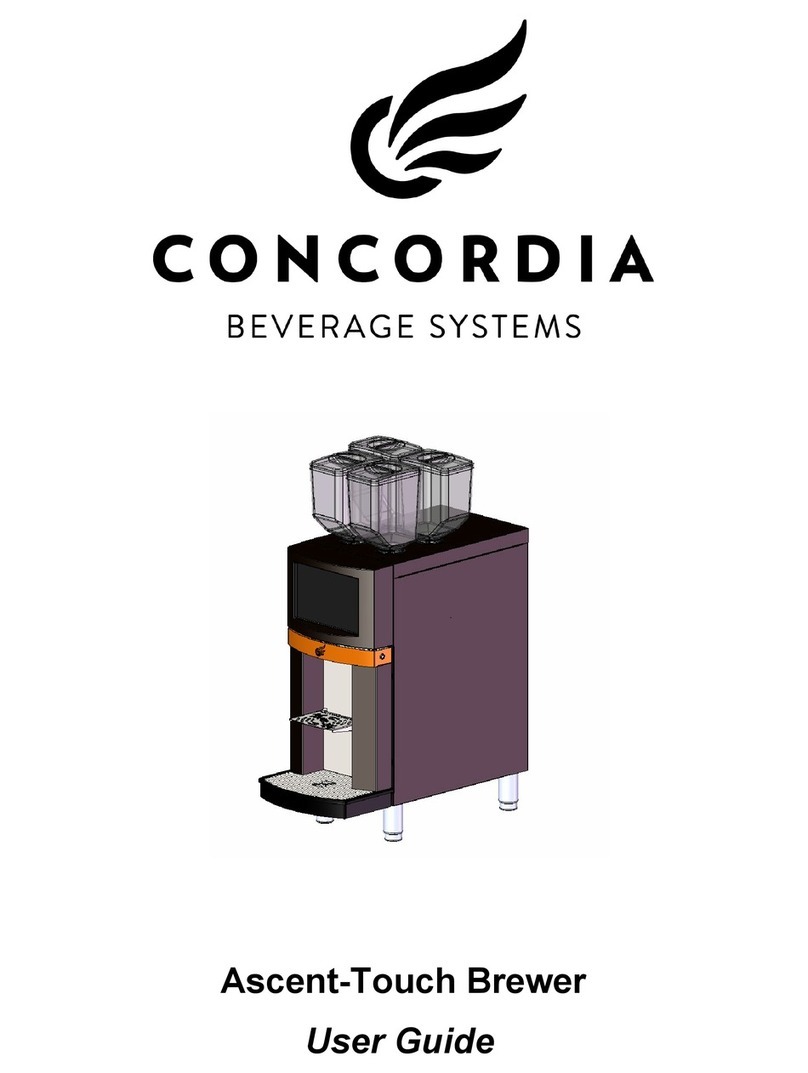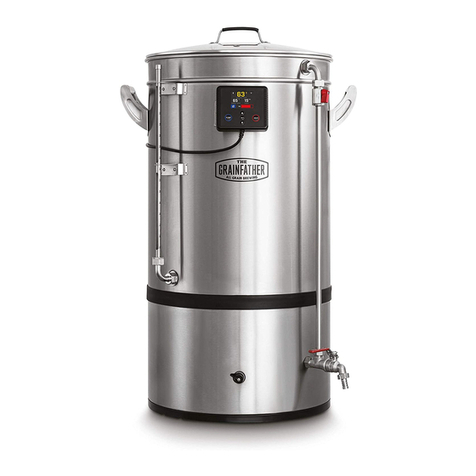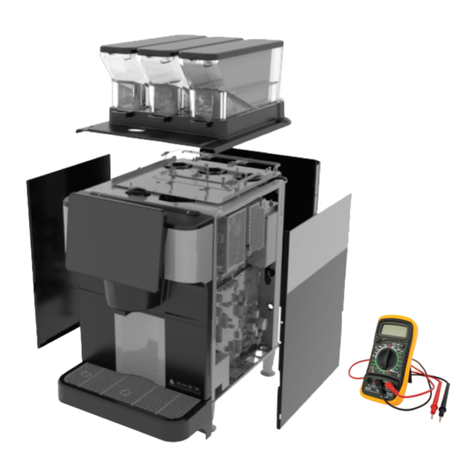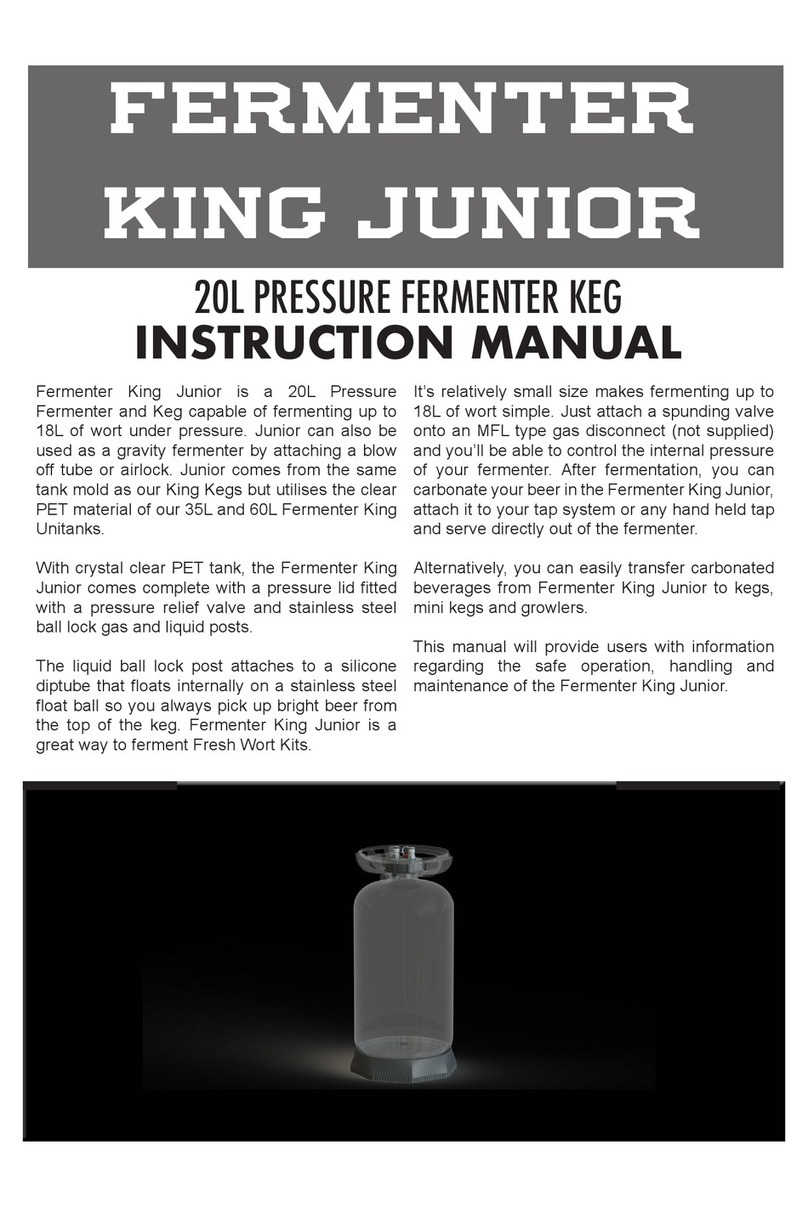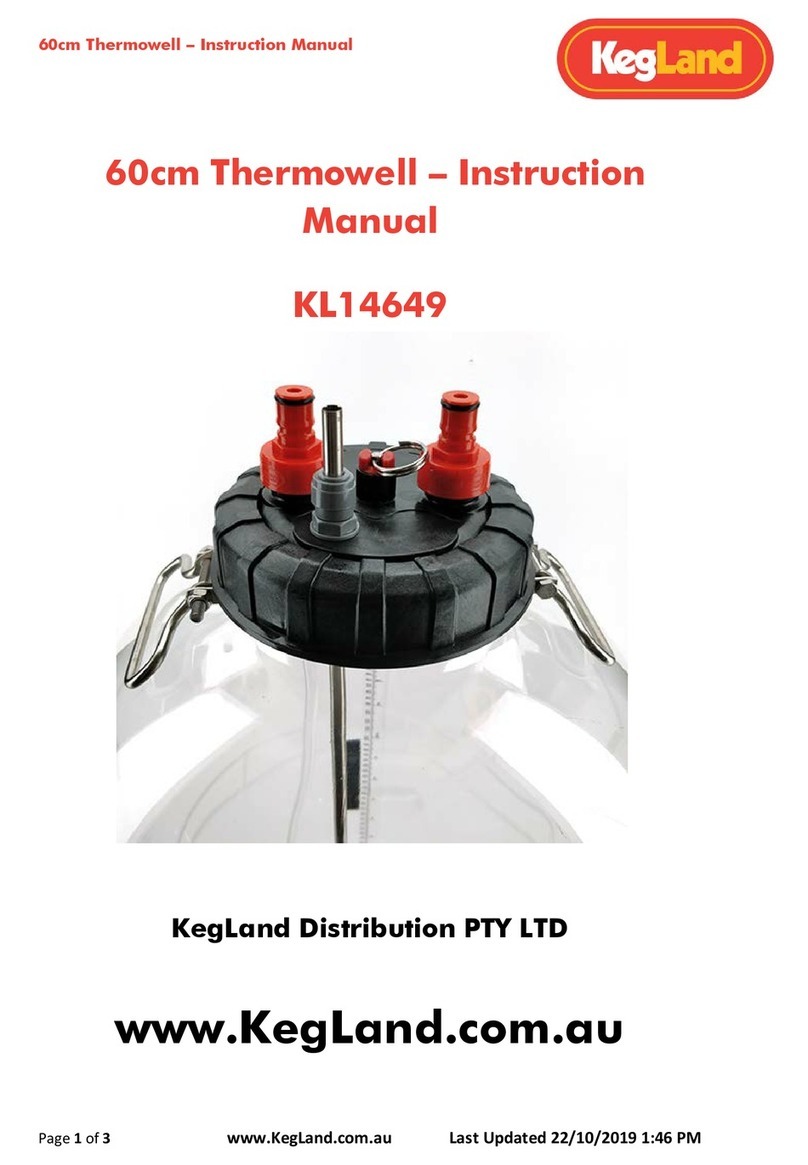
BrewEasy V6 © Blichmann Engineering, LLC 2023
For replacement parts, visit: blichmannengineering.com/genuine-replacement-parts 10
Begin Recirculation: At this time, open all valves and turn on the pump. In a minute or so the AutoSparge™ level
control valve will automatically trim the ow to match the ow through the orice. Readjust the position of the
oat ball if needed to achieve 1-2”of wort above the grain bed. Recirculating during the mash will clarify the wort
and eliminate the vorlauf process (wort clarication) and save time. It will also reduce temperature gradients in the
mash bed (stratication). In addition, you can easily add heat to make up any temperature losses in the system to
maintain the desired mash temperature and ramp to other rest temperatures. Blichmann Engineering oers the
BrewCommander™ control system to automate this process, providing ultimate accuracy and repetition!
During the Mash: After about 10-15 min all the liquor has been recirculated approximately one to two times and
the wort is an even consistent temperature. At this time take a pH reading using a quality digital pH meter. Your
pH should be between 5.1 and 5.4 pH when measured at mash temperatures (145-160F, 63-71C). If the sample has
cooled to room temperature your reading should be in the 5.2-5.6 pH range. If your mash is not in the desired range
you will need to add more calcium into your mash or add an acid (we recommend phosphoric) to acidulate the mash.
Tip: Make sure that the thermometer in the boil kettle is actually in the wort or it will not read accurately. If it is not
submerged, simply lower the oat ball in the mash tun and that wort will be drained into the boil kettle.
Important: Do not skip the pH measurements! If your mash is much above the recommended pH you risk astringency
in your beer among other detrimental changes. Adding water salts and acid may be necessary to achieve proper pH
in any all grain brewing system.
Important: Stir (rake) the top 1/3 of the mash bed about every 15 minutes to break up any channels in the mash
bed that may have formed. Do NOT disturb the bottom 2/3’s of the bed as this is acting as the lter in the system.
Periodically raking the mash will increase your eciency and ensure an even temperature throughout the mash bed
for more repeatable results.
Tip: Periodically measure the specic gravity. Since you have added all of the brewing liquor into your mash, SG is
the same as your pre-boil wort SG! This is a great feature of the BrewEasy™ process and allows you to quickly make
adjustments to your wort such as adding extract, water, or mashing a bit longer.
Completion of Starch Conversion: At the completion of your mash your wort will be quite clear. Turn o the pump
and close the valve on your lower boil kettle. Leave the valve on the mash tun fully open. Turn on your heat source
to begin bringing the wort to a boil. The wort in the mash tun will drain into your brew kettle automatically. It is not
necessary to slow the ow down in the mash tun.
Tip: A slight increase in eciency can be gained by reducing the ow out of the mash tun when the liquid in the level
gauge reaches the height of the valve. This allows more time for the wort to permeate though the spent grains and
reach the drain dip tube before it loses its siphon. Slowly move the valve handle toward the closed position until the
rate of draining (as viewed in the level gauge) is about half of the full ow position. This is a completely optional step.
In about 20 minutes your wort will have completely drained from the mash tun. Simply scoop out the spent grains
and then remove the drain tube and the hose connected to the AutoSparge™ ow valve. Then remove the mash tun
and adapter lid from the boil kettle. Your wort should now be getting close to the boiling point.
Warning: Keep a close eye on the boil kettle temperature! DO NOT bring the wort to a boil with the mash tun on top
of the boil kettle. Turn the heat down or o if the temperature is above 200F (93 degrees C) when you are still draining
from the mash tun . A boil-over will cause hot wort to ow out of the large vent holes in the adapter lid and may
cause severe burns!
Take a nal volume and specic gravity reading of your wort and record. If you are not at the desired specic gravity
you can add extract or water to compensate. At this point, boil and add hops as you would any batch.
